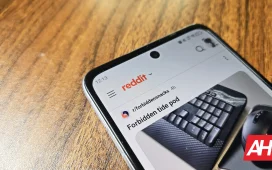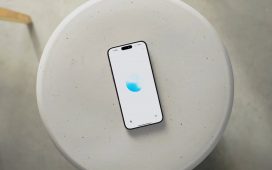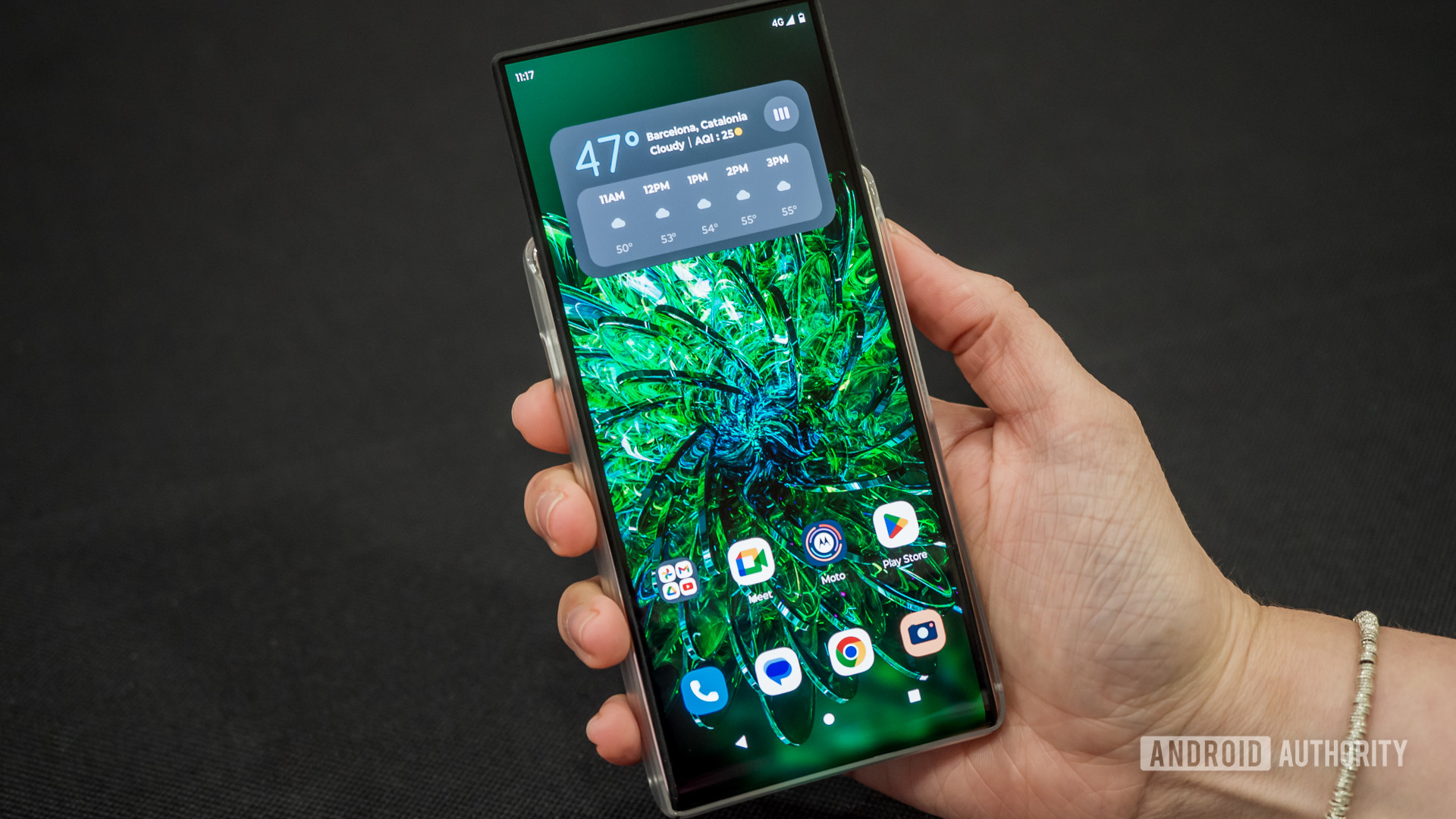
Rita El Khoury / Android Authority
Less than a decade ago, foldable phones seemed like the stuff of sci-fi. But in 2024, there are at least a dozen foldable phones available, even though only a few are readily accessible in the United States. Today’s foldables typically fall into one of two categories: foldable phones that turn into tablets, and flip phones that resemble traditional smartphones when unfolded but feature a flip design reminiscent of phones from yesteryear.
These niche devices certainly have a market, but they could become irrelevant in the not-too-distant future. Why? In a word, rollable phones could be the real endgame here. Let’s take a look at what a rollable phone is, who’s working on it, and how it could be a superior alternative to today’s foldables.
What is a rollable phone and how do they work?
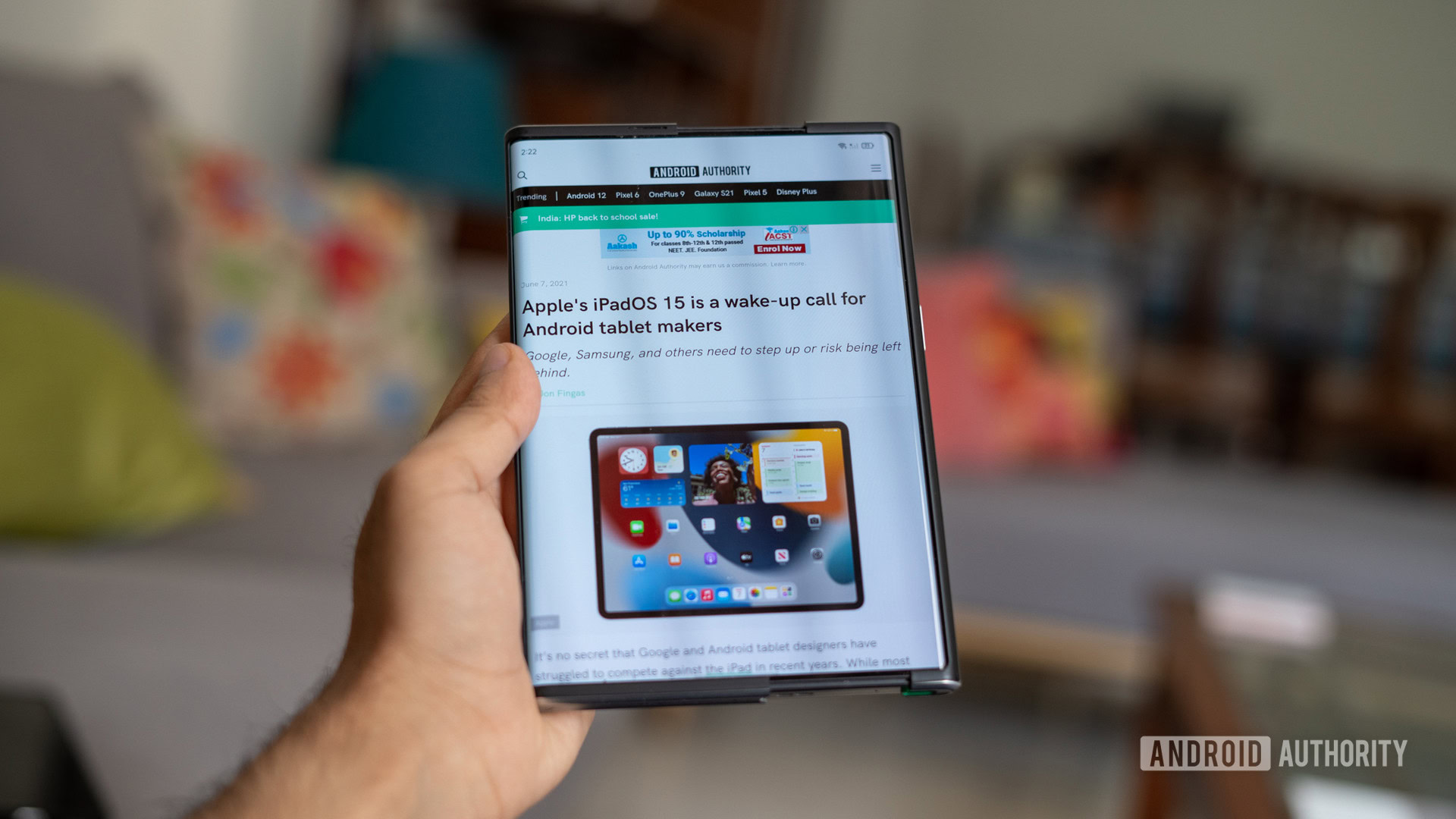
Dhruv Bhutani / Android Authority
A foldable phone utilizes a special hinge and display capable of bending at specific points. Most of today’s foldables have a single hinge, save for the Mate XT, which sports a triple display setup and utilizes two separate hinges as a result.
What makes foldables appealing is the ability to enjoy improved portability one moment and, with a quick unfold, access a much larger display than most traditional phones can offer. Rollable displays take this concept a step further, offering a screen that doesn’t just fold at a few specific points but is fully flexible, able to roll up tightly, allowing you to fit more screen real estate into a smaller footprint.
All of the prototypes we’ve seen so far look like normal phones but, with the press of a button, transform by rolling out an extension to the main display. The most obvious benefit is that there’s no need for a secondary cover screen, as the main display simply expands when you activate the hidden, rollable portion.
Most of the concept devices we’ve encountered focus on a display that gets wider, essentially turning into a tablet. This is the most practical use case, similar to foldables like the Samsung Galaxy Z Fold 6. Just like with foldables, there are likely to be plenty of other potential use cases, as demonstrated by the Motorola Rizr concept device.
This device is unique because it looks like a normal phone, although it’s a bit more cramped and compact in aspect ratio. With the push of a button, the screen lengthens. It also retains a cover display of sorts. Technically, it’s not a second screen, but the rolled-up portion of the display works as a glanceable display on the rear of the phone.
Bottom line, while there might still be plenty of room for innovation and evolution in terms of design, the key difference between a rollable is that the phone can actually tightly fold up the screen.
Rollable phones: Pros and cons
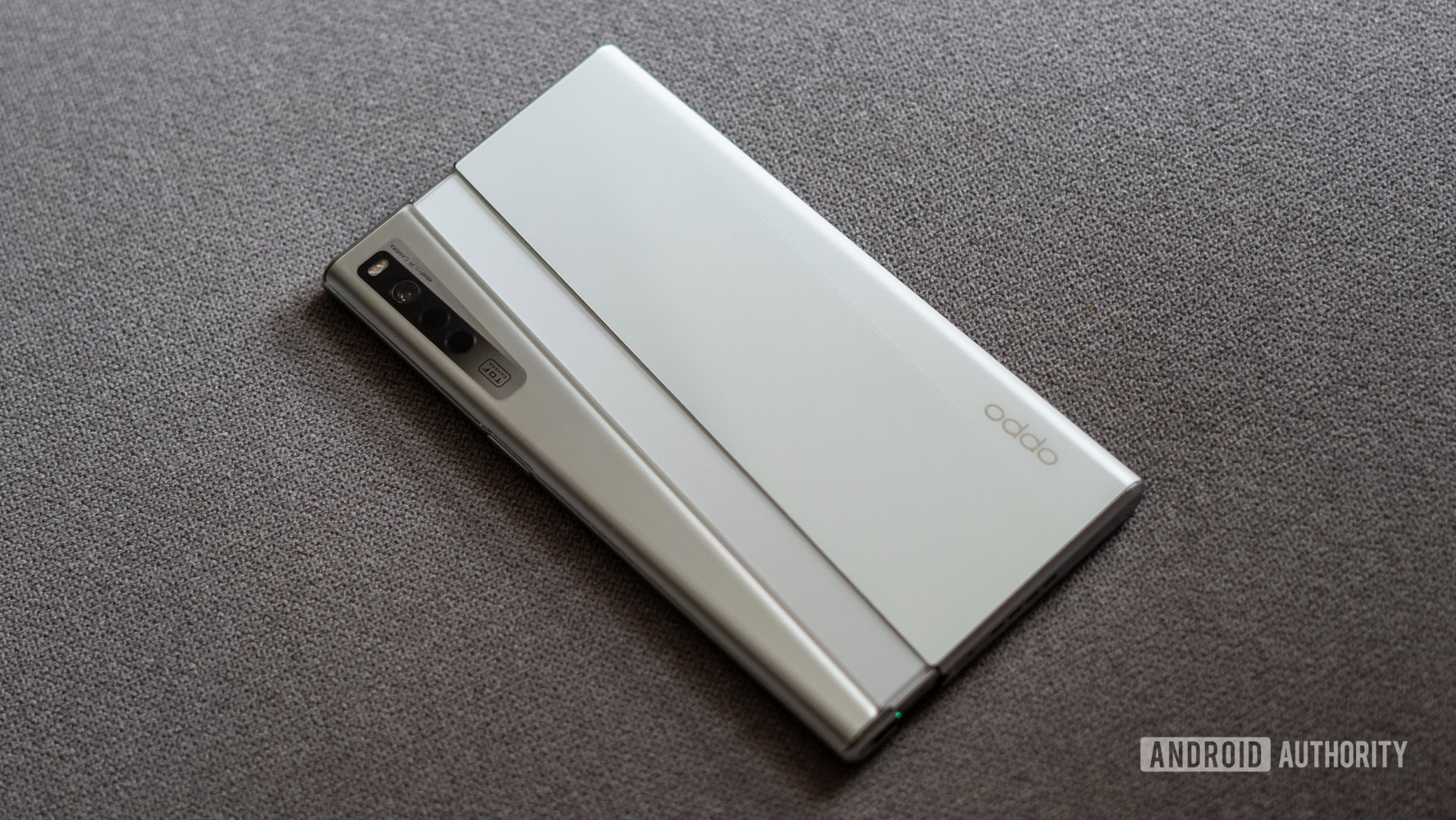
Dhruv Bhutani / Android Authority
What are some of the advantages of a rollable display over a foldable one? In these early stages, it’s hard to say for certain, but here are a few ways rollable displays might prove to be a better choice:
- A rollable display is more versatile and can effectively replace the need for the cover screens used on many foldable devices.
- Rollable displays allow for new designs and use cases that wouldn’t work as well with a traditional foldable.
- Rollable phones offer more flexibility in screen size potential, as a 12.1-inch rollable display can fit into a smaller profile than it would on a foldable.
Of course, as much potential as rollables have, nothing is perfect. I’ve run into several issues with long-term durability on the Samsung Galaxy Z Flip series, and this is a pretty common scenario for most early foldable adopters. Foldable technology is less durable and more prone to damage than traditional displays, and rollables may offer even less protection in some ways. I suspect there will be very real reliability issues with the first few generations of rollable phones, though perhaps companies like Samsung will prove this to be a non-issue.
A rollable display is also likely to result in higher design costs. Whether the difference is significant enough to matter remains to be seen.
How close are we to an actual commercial rollable phone?
So far, most commercial attempts to bring us rollable displays have focused on the television market, with devices like the LG Signature OLED R, the world’s first rollable TV. I remember seeing this device at CES years ago and thinking it could be the future. Years later, the concept hasn’t evolved much, but there’s still so much potential.
While Motorola’s previously mentioned concept device debuted in 2023, thankfully we’ve seen continued progress in this space beyond this as well. Oppo showed a concept device way back in 2021, and more recently, Tecno brought us a step closer to the rollable dream with a demo of the Phantom Ultimate.
This Chinese-derived prototype features a 6.55-inch OLED display that can roll horizontally at the press of a button, transforming into a 7.11-inch tablet. While the size increase seems modest, it’s more noticeable than you might think, thanks to the change in aspect ratio. Nonetheless, it showcases how rollables work and offers a glimpse into the potential future of smartphones.
Of course, rollable phones won’t become a major talking point until one of the bigger manufacturers gets involved. Thankfully, this may happen sooner rather than later, and it seems very likely that Samsung will kickstart this new frontier.
A recent rumor suggests Samsung is working on a rollable phone featuring a massive 12.4-inch display when unfurled, offering a much larger screen than today’s foldables. The report comes from The Elec, which has a decent, though imperfect, track record with news of this nature. The same report claims the rollable could launch in the second half of 2025 and may be the first rollable phone to market. This would be a major win for Samsung, especially with Huawei making waves with its new triple-display foldable.
If Samsung is this close to a rollable, you can bet its rivals aren’t far behind. However, this means little for most of us. Unfortunately, Samsung and Huawei tend to lead in this space, and the latter doesn’t release many of its specialty devices outside of China and a few select markets. Google, Motorola, and OnePlus have also expressed interest in foldables in the U.S., but these players are newer to the game and are less likely to get involved in rollables anytime soon.
What this means is that commercial rollable phones are likely to remain a Samsung-only game for most of the world for the next several years, at best.

